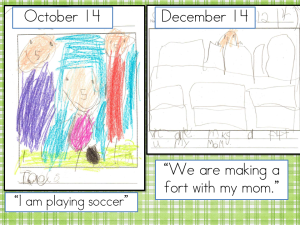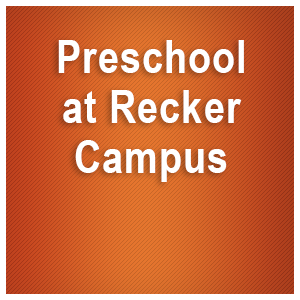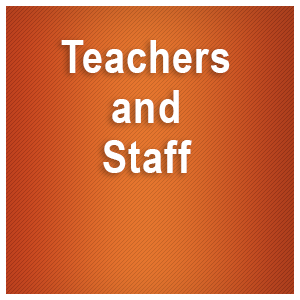What writing curriculum do your teachers use?
All students in grades Kindergarten- Eighth use Lucy Calkins Writing Workshop Common Core Units of Study for Opinion, Informative, and Narrative Writing. All of our teachers are equipped with their own Units of Study and suggested trade books. If you would like more information about writing workshop, Lucy Calkins, and/or the curriculum overview please visit http://www.unitsofstudy.com/writing-grade-by-grade/.
What does Writer’s Workshop look like in the classroom?
Writing workshop is comprised of various components that follow a predictable structure. The day starts with a mini-lesson, or a short lesson focused on a specific element of writing. This mini-lesson stays true to it’s name and is only about 5-15 minutes depending on the topic being taught and/or the age of the students. The lesson could be about drafting ideas, organizing an essay, using commas to make lists, or editing prior to publishing you final story. After the mini-lesson, students spend the majority of the workshop writing independently while the teacher is conferencing one on one or in small writing groups. You might find students writing on the ground, peer editing, reading mentor texts, or using small notes pads. After independent writing time students may come back together to share what they worked on or they may just share with a partner. The workshop structure is the same but how our teachers implement from day to day may differ on their teaching styles, student needs, and time. The key to a strong writing workshop is the majority of the time is spent with students writing!
How does assessment play a role in writing?
This is even more important now that AZMerit has students in grade 3-HS writing on the state assessment. Before beginning a unit of study our teachers give students an on-demand writing prompt in that respective form of writing. The on-demand writing prompt allows students to have focus in the form of writing but also gives them the ability to use their imagination, interests, and creativity. The writing prompts are assessed using a multi grade level rubric which allows teachers to have a picture of their students as writers. These rubrics are used to form small writing groups throughout the unit to ensure students are growing as writers. At the end of the unit students are given the on-demand writing prompt again to show growth during our parent teacher conferences. It’s amazing how much our students flourish as writers and the best part is you get to keep their writing samples at the end of the year!
Students also have access to checklists and writing exemplars through the writing process in order to self-assess. This allows them to be independent and thoughtful writers even in our younger grades.
Should I help my writer spell every word correctly?
I want you to think about when in the writing process you worry about spelling… the editing phase. In the day of spell check we are used to seeing that red line on our word document which is helpful. Our students don’t have this in their writer’s notebook and stopping at each word they don’t know will only impeded their ideas. One of our first lessons in Daily 5 by Boushey and Mosur (2014) we teach our students if you come to a word you don’t know underline and move on. Now, Lucy Calkins has lessons built into the units especially for our younger writers to give them strategies such as using the word wall, stretching out sounds, and others. It’s my professional suggestion that we equip our children with the tools to become good writers and spellers instead of just giving them the answers. This might be hard at first but you will be AMAZED at how quickly they become such fantastic authors. Here are some grade level samples; please remember all children are different and may be at different stages. We embrace that and work with the whole child in order to make them their best self.
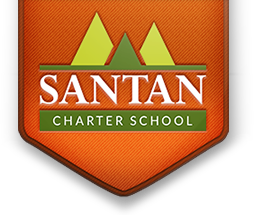

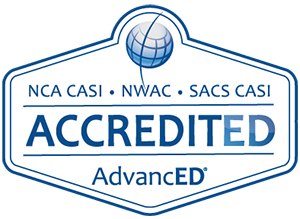
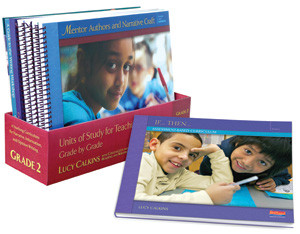
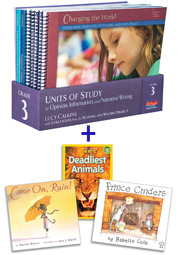
![WritersWorkshop Time Break Down[1]](https://library.santancharterschool.com/files/2015/07/WritersWorkshop-Time-Break-Down1-284x300.jpg)
